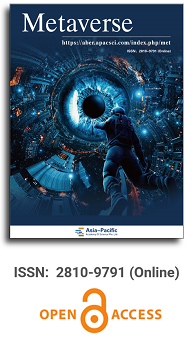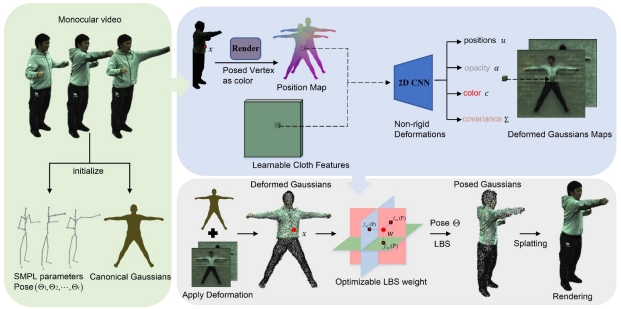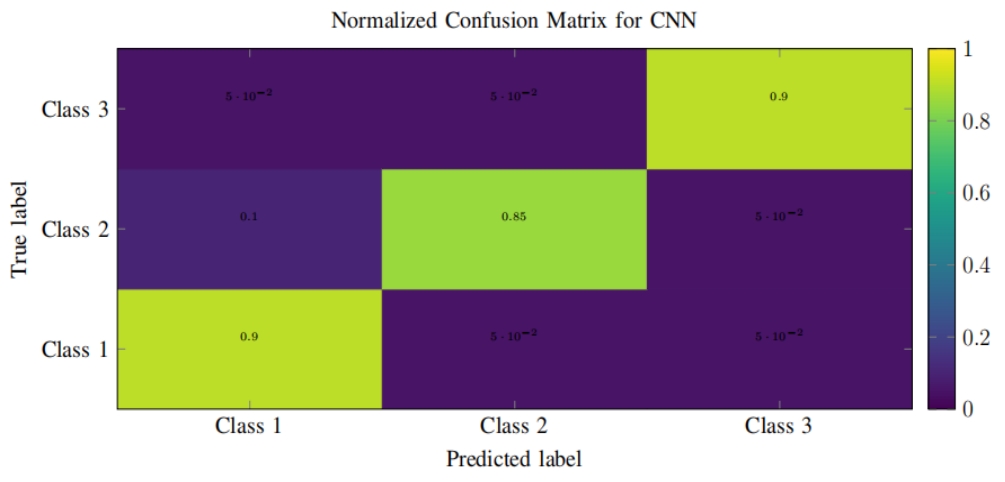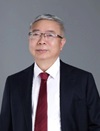
Asia Pacific Academy of Science Pte. Ltd. (APACSCI) specializes in international journal publishing. APACSCI adopts the open access publishing model and provides an important communication bridge for academic groups whose interest fields include engineering, technology, medicine, computer, mathematics, agriculture and forestry, and environment.



The image artistry of VR film “Killing a Superstar”
Vol 4, Issue 2, 2023
Download PDF
Abstract
The purpose of this article is to take “Killing a Superstar” as a typical example, to denmonstrate how VR technology generates VR film via virtualizing 3D world from aesthetic perspective, and to give a critical reflection of VR film. The article includes three parts. The first part is about how the film utilizes VR as a technical premise for the implement of interactive narrative, constructing the audio-visual space with panoramic photography, and generating the virtual world with digital programs. Its interactive mode renders human-computer dialogue feasible, and realizes the connection between human and virtual reality with VR playback equipment. The second part is carried out under a further analysis of the artistic dimension of the film. In this section, it’s pointed out that the active narrative perspective of the audience, the multilinear narrative structure of time and space, the embodied and remote experience of perception, and the prominent guiding narrative processing, are all combined together for the sake to present interactive narrative art expression of virtual world. And the final part tries to reflect and evaluate on VR film in a broader vision. From both technical and artistic viewpoints, VR film is a breakthrough and innovation compared to traditional film model, although it surely has some drawbacks and limitations. If it can be considered more in a sense of establishing interactable virtual world then stroytelling, it is likely to develop into a more significant VR image art in the future.
Keywords
References
- Feng Y. View change, interactive narrative and realistic theme: A study of the VR unit in the 77th Venice international film festival (Chinese). Audio and Video Production 2021; 27(2): 44–54.
- Lv Y. Aided by 5G, VR film awarded: VR era has come?” Available online: http://mp.weixin.qq.com/s/zbaZYb_kTZ4LuTMfBup-Og (accessed on 20 August 2023).
- Jiang H. The feasibility analysis of imaging by VR technique and its impact and challenge to film industrial pattern (Chinese). Contemporary Cinema 2016; (5): 134–137.
- Liu M, Wang ZT. A study of tempo changes in VR film (Chinese). Advanced Motion Picture Technology 2023; (7): 60–64.
- Sun SY, Kang WZ. From cinema of attraction to cinema of experience: The perceptual revolution in screen image production and exhibition (Chinese). Journal of Shanghai University (Social Sciences Edition) 2018; 35(6): 35–44.
- Ryan ML. Cyberspace Textuality: Computer Technology and Literary Theory. Indiana University Press; 1999. p. 89.
- Yi YX. Viewing, behavior, and body governance: On the reconstruction of film reception aesthetics caused by VR technology (Chinese). Journal of Beijing Film Academy 2017; (2): 45–53.
- Jia J. Forging ahead: On VR film narrative (Chinese). Contemporary Cinema 2017; (5): 127–132.
- Du X. Space, embodiment, interaction and guidance: The narrative logic of VR film (Chinese). New Films 2023; (1): 92–101.
- Sun L. VR, AR, and film (Chinese). Journal of Beijing Film Academy 2016; (3): 13–21.
- Wang YS. Embodied experience, plot guidance, and interactive stories: On the poetic characteristics of VR films (Chinese). Controversy of Literature and Art 2021; (3): 204–208.
- Zhu JY, Li DN. The mediated body: Developing of VR film interaction (Chinese). Movie Literature 2023; (6): 21–26.
- Qiu ZH, Xu FY. A study on the structure of panoramic narrative space (Chinese). Movie Literature 2023; (5): 25–30.
- Zhao X. The embodiment of VR film watching: A continuation of the “allegory of the cave” (Chinese). Jianghan Academic 2021; 40(4): 123–128.
- Wang N. On VR film scenario narrative based on embodied angle of view (Chinese). Contemporary Cinema 2018; (12): 111–115.
- Shan XX. Literary and artistic criticism of new media and the presence of literary ideas about the ‘theory of media’ (Chinese). Journal of Renmin University of China 2017; 31(6): 116–125.
- Hu CF. On the new features of VR film language (Chinese). Modern Communication (Journal of Communication University of China) 2018; 38(12): 163–164.
- Xu T, Wu KD. A study of narrative language in VR films based on spatial structure (Chinese). Movie Literature 2021; (4): 19–24.
- Wang XF, Yao GQ. On the contradiction and coexistence between virtual reality and traditional films (Chinese). Modern Communication (Journal of Communication University of China) 2017; 39(7): 77–81.
- Zhang ZY, Liang SR. The labyrinth of film-game: An inquiry of innovative VR film aesthetic experience (Chinese). Radio & TV Journal 2023; (4): 22–25.
- Qin LJ. Interaction and stories: The narrative ecology of VR (Chinese). Literature & Art Studies 2016; (12): 101–111.
Supporting Agencies
Copyright (c) 2023 Ruocun Wang, Nan Hua
License URL: https://creativecommons.org/licenses/by/4.0/

This site is licensed under a Creative Commons Attribution 4.0 International License (CC BY 4.0).

Prof. Zhigeng Pan
Professor, Hangzhou International Innovation Institute (H3I), Beihang University, China

Prof. Jianrong Tan
Academician, Chinese Academy of Engineering, China
Conference Time
December 15-18, 2025
Conference Venue
Hong Kong Convention and Exhibition Center (HKCEC)
...
Metaverse Scientist Forum No.3 was successfully held on April 22, 2025, from 19:00 to 20:30 (Beijing Time)...
We received the Scopus notification on April 19th, confirming that the journal has been successfully indexed by Scopus...
We are pleased to announce that we have updated the requirements for manuscript figures in the submission guidelines. Manuscripts submitted after April 15, 2025 are required to strictly adhere to the change. These updates are aimed at ensuring the highest quality of visual content in our publications and enhancing the overall readability and impact of your research. For more details, please find it in sumissions...






.jpg)
.jpg)

